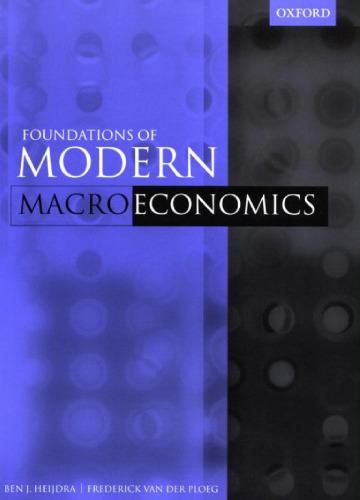Since the production function is homogeneous of degree one (constant returns to scale), the marginal products of
Question:
Since the production function is homogeneous of degree one (constant returns to scale), the marginal products of labour and capital are homogeneous of degree zero
(see the Intermezzo). This implies that FN(N, K) can be written as FN(1, KIN), which depends on the capital-labour ratio only. Equation (4.15) says that w = FN(1, KIN), which uniquely determines the K IN ratio for the firm, which is constant over time because w is constant over time. This also implies that the marginal product of capital is constant, since FK(N, K) = FK(1, KIN) = FK, a constant.
By assuming a constant real wage, the labour demand equation can be ignored, and the model consists of equations (4.13)—(4.14). The qualitative content of the model can be summarized graphically by means of Figure 4.1. The K = 0 line represents all combinations of K and q such that the capital stock is in equilibrium. In view of (4.13), this implies that gross investment is exactly equal to replacement investment along the K = 0 line. Formally, we obtain from (4.13):
dk = Iq dq + Is dsi — 8 dK, 4.16)
Step by Step Answer:

Foundations Of Modern Macroeconomics
ISBN: 9781264857937
1st Edition
Authors: Ben J. Heijdra, Frederick Van Der Ploeg






